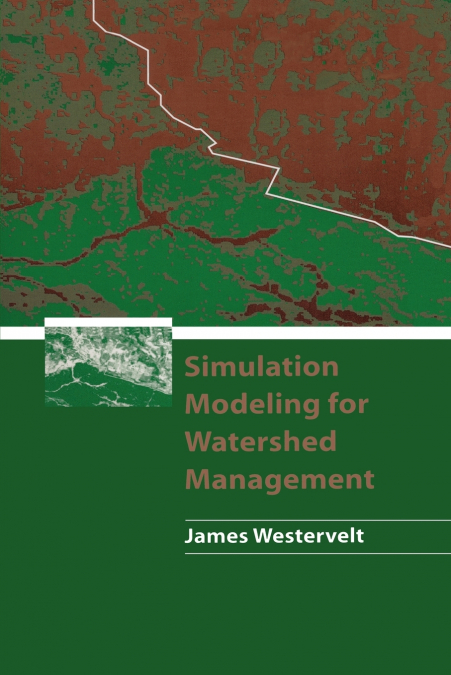
James Westervelt
A discussion of the role of modeling in the management process, with an overview of state-of-the-art modeling applications. The first chapters provide a background on the benefits and costs of modeling and on the ecological basis of models, using historical applications as examples, while the second section describes the latest models from a wide selection of environmental disciplines. Since management frequently requires the integration of knowledge from many different areas, both single discipline and multidiscipline models are discussed in detail, and the author emphasizes the importance of understanding the issues and alternatives in choosing, applying, and evaluating models. Land and watershed managers as well as students of forestry, park management, regional planing and agriculture will find this a thorough and practical introduction to all aspects of modeling.